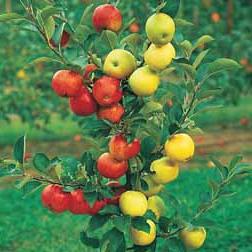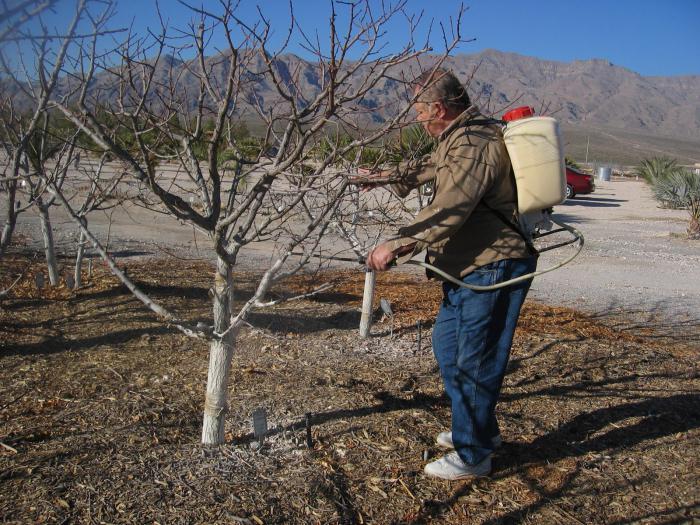Planting Trees In Spring - The Best Way to Diversify the Garden
Inoculation of fruit trees is an excellent way grow a variety of varieties on a small plot of land, having only a few basic trees.
In addition, this method helps give your favorite variety resistance to climate, soil characteristics, improve frost resistance, correct the defects of the trunk etc.
Trees to which newvariety, should be healthy. They should not be damaged by frost or sun, but also by animals. In addition, it is necessary to plant trees that are not older than ten years, if they are "bone" trees like cherries or plums. For such trees as apple trees and pears, however, this is not an obstacle: they are more long-standing.
Cuttings for grafting should be chosen sufficiently strong, thick and viable.
The grafting of fruit trees is carried out by two methods:
· Ocularization - kidney vaccination (summer vaccinations);
· Copulation - inoculation with cuttings (spring grafts).
The best methods of vaccination for fruit trees suggest that the type of vaccination corresponds to the type of tree. Budding is the best way for pears, plums, apricots and cherries.
Copulation - the most simple and reliable method of vaccination. It is carried out in the spring, before the active growth of trees begins, which begins with the processes of sap movement.
In the spring, trees are planted with several classical ways:
- for the bark;
- in the cleavage;
- in the side cut.
Grafting of trees in the spring into a lateral incision Is the earliest method. It must be performed before the sap moves.
The root is cut down by a transverse cut, then the surface of the cut is cleaned with a garden knife. The end of the branch should be split to a depth of about 5-10 centimeters and insert the expander into the cleavage.
Make oblique cuts on the bottom of the cuttings that need to be grafted. Sections should be obtained from two opposite sides to form a wedge.
When inserting the stalk into a cleft, make sure that the outer layers of the bark of the scion do not coincide with the stock, but with the layers of cambium. For this purpose, after the insert is inserted, slide the stalk slightly inside the hemp.
You can insert another cutting from the opposite side of the branch.
After that, the expander must be removed, and the cuttings should be clamped by a re-stimulated branch. Tightly tie the inoculation. The upper cuts of the cuttings should be coated with a garden sander.
When the kidneys appear on the cuttings, the strapping should be weakened, but you can take it slowly.
Inoculation of trees in the spring in a lateral section - It is carried out when the kidneys begin to open.
On the branch or the tree bark, make an incision of approximately 3-3.5 centimeters long and 0.5-0.8 centimeter deep at an angle of 30 degrees so as to slightly incise the wood with the blade of the knife.
The lower end of the cut should be cut in the formdihedral wedge. In length, it must conform to the cut in the rootstock. It is important that the layers of the cambium exactly coincide, so that the stalk can grow. When there are shoots, leave the stronger ones, and break the weak ones.
Inoculation of trees in spring behind the cortex - is carried out after the beginning of the sap movement: at this time the crust begins to lag behind the wood.
The stock is cut into a stump. Side cuts are made of the bark, reaching up to the length of the length of the oblique cut of the cuttings. The edge of the cut must be slightly separated from the wood and inserted into the resulting "pocket" of the shanks for the entire length of the cut. You can plant several cuttings. Place the inoculation with one tight bandage.
Care for grafted trees
Planting trees in the spring require special care forthem subsequently. Grafted cuttings must be tied to pegs to avoid breakage, when they grow up to 15-20 centimeters. Shoots that periodically appear below the site of the main inoculation must be thinned out so that they do not weaken the grafted stalk.
Proper care for the grafted trees ensures that the cuttings begin to bear fruit as early as the third year.







